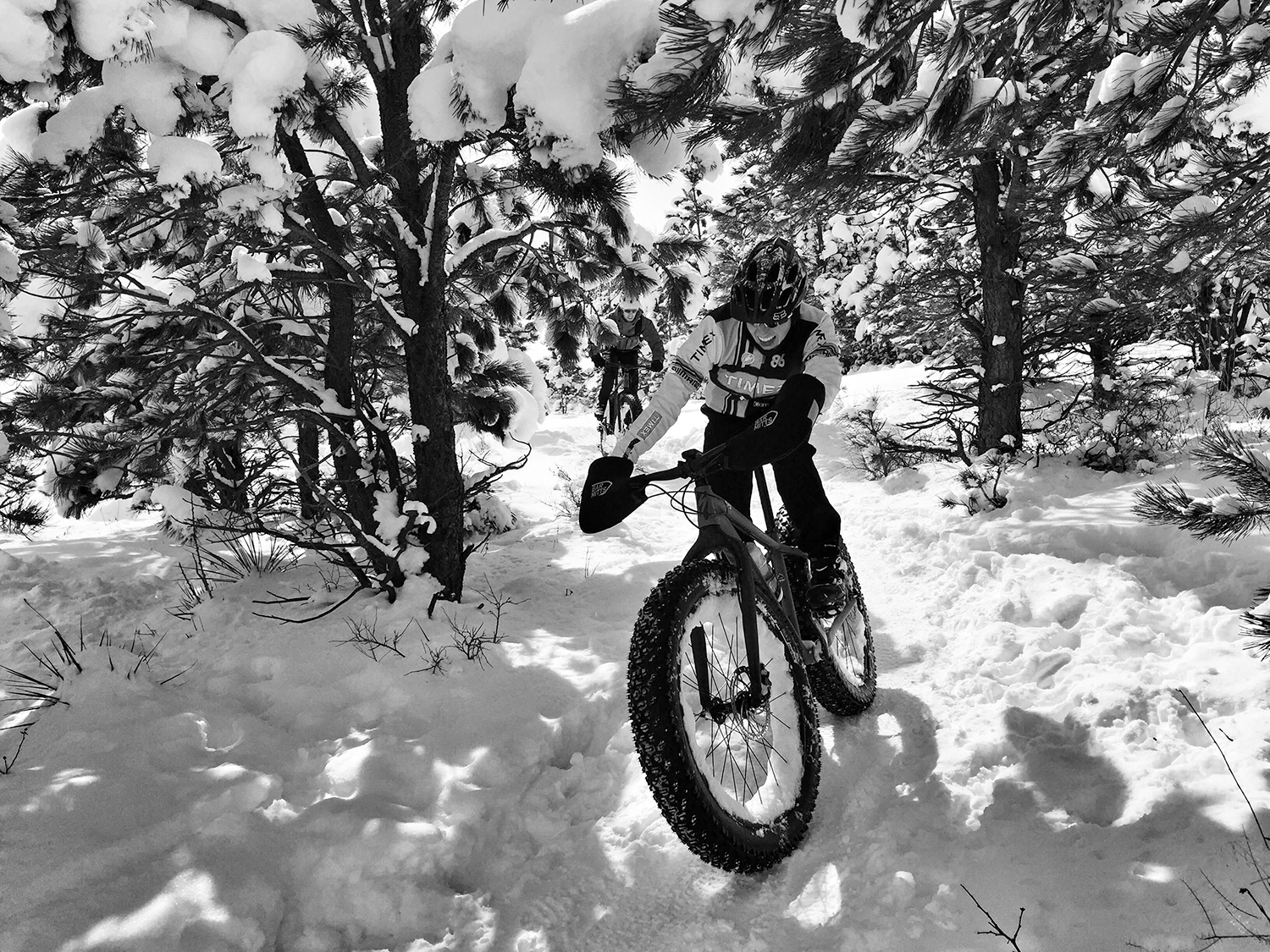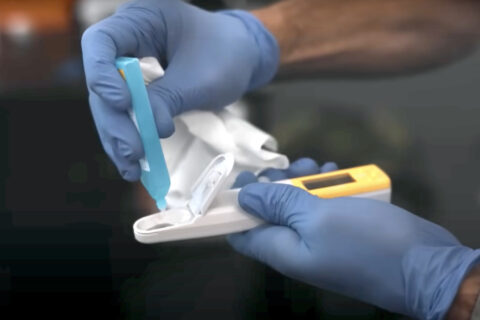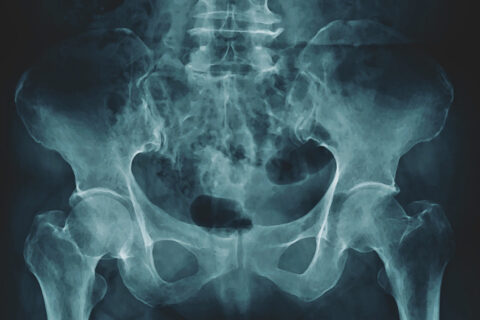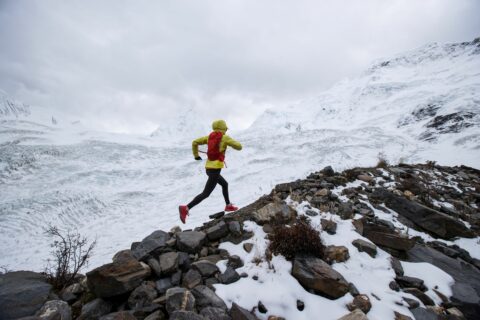Cold temperatures can affect not only comfort but performance during your rides and races. We teach you how to stay warm and dry all year long.
Cold temperatures can affect not only comfort but performance during your rides and races. We teach you how to stay warm and dry all year long.




